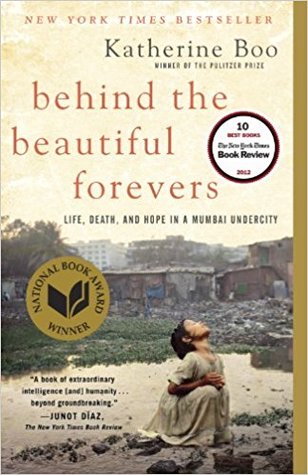More on this book
Community
Kindle Notes & Highlights
Read between
December 17, 2024 - January 18, 2025
Annawadians now spoke of better lives casually, as if fortune were a cousin arriving on Sunday, as if the future would look nothing like the past.
In a certain morning light, Manju could see the name MEENA traced faintly in a broken piece of cement just outside the toilet. “Only in that light,” she said, “and even then, it’s barely there.” Another, lesser Meena lived in Annawadi, and a man who loved that Meena had once carved her name on the inside of his forearm. Manju thought he’d probably written MEENA in the wet cement, too. It stood to reason. But she preferred to believe that Meena’s own finger had made the letters, and that the first girl born in Annawadi had left some mark of herself on the place.
Every country has its myths, and one that successful Indians liked to indulge was a romance of instability and adaptation—the idea that their country’s rapid rise derived in part from the chaotic unpredictability of daily life. In America and Europe, it was said, people know what is going to happen when they turn on the water tap or flick the light switch. In India, a land of few safe assumptions, chronic uncertainty was said to have helped produce a nation of quick-witted, creative problem-solvers.


